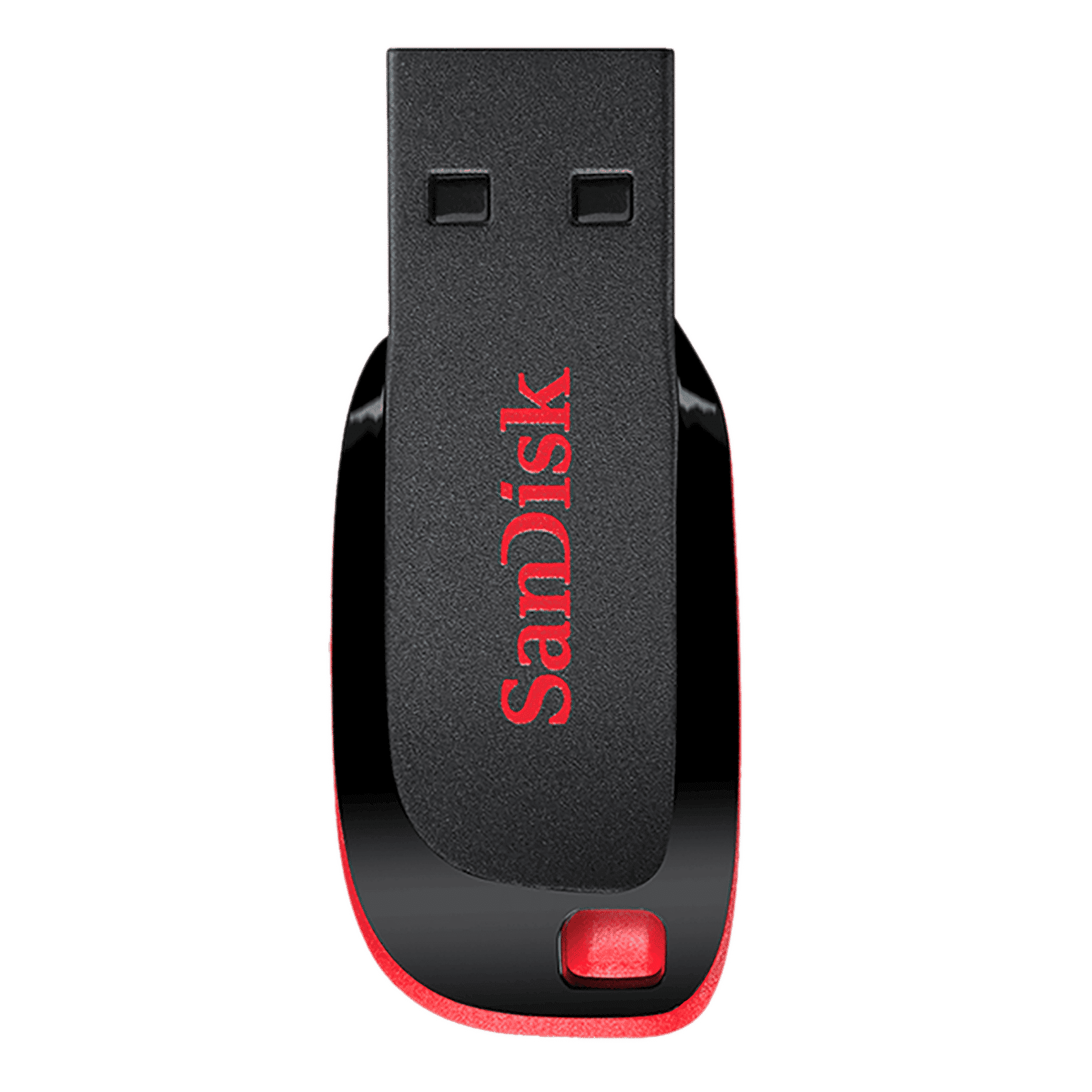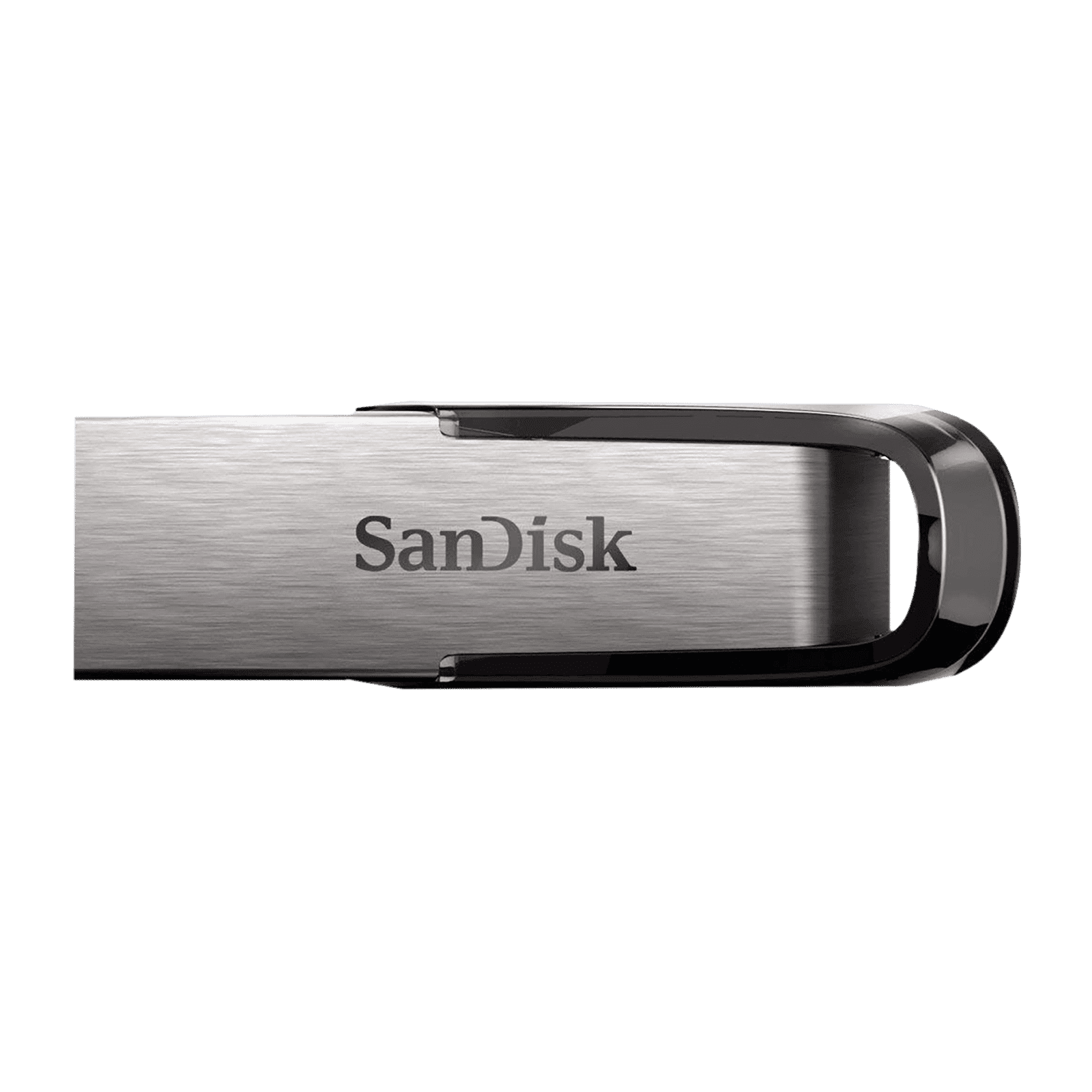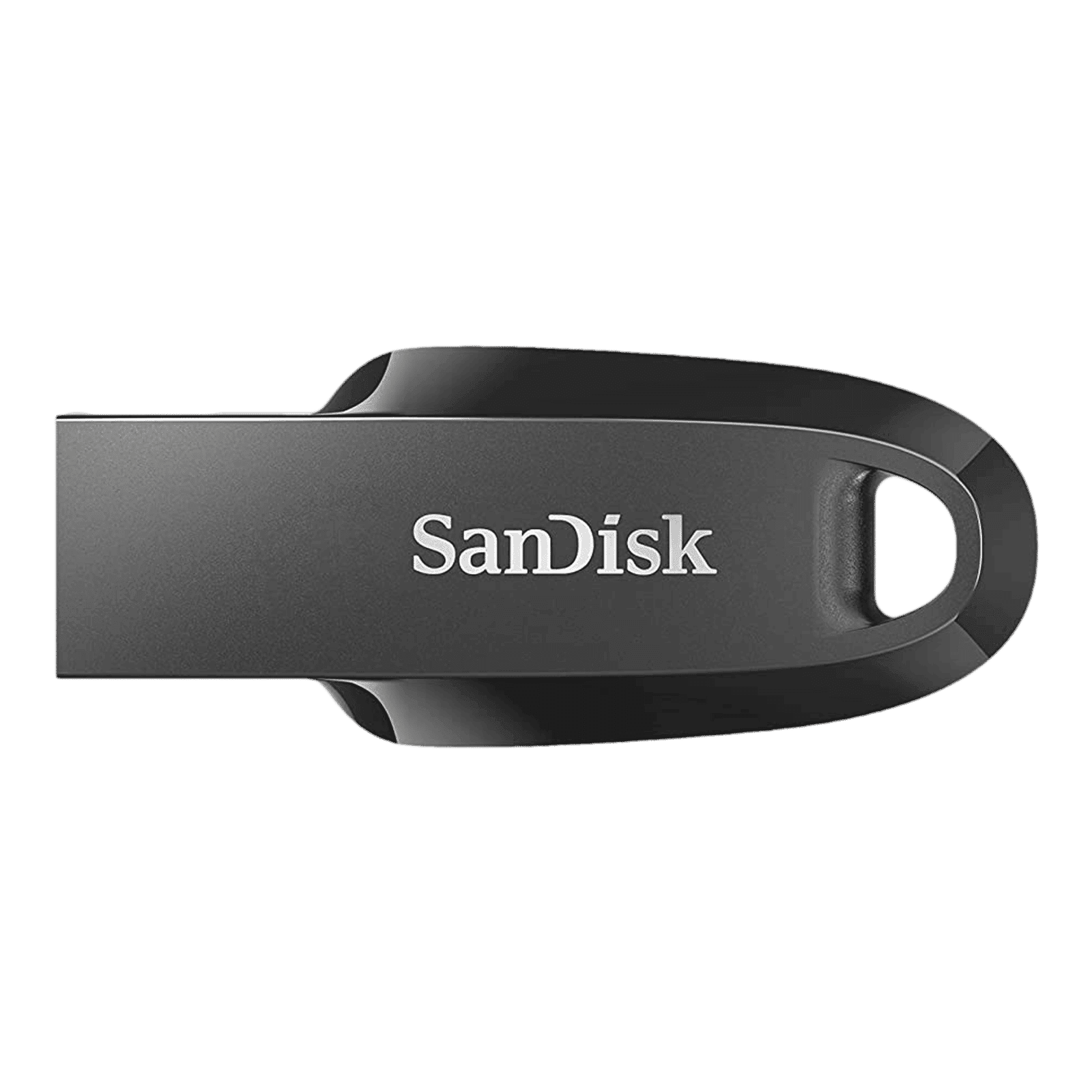%20(Presentation)%20(1600%20x%20600%20px)(526)-3e9e3b5f-26fd-4982-83d3-de2cc4ea538f.webp&w=3840&q=75)
Consumer Electronics
•06 min read

Buy SanDisk Cruzer Blade 64GB USB (2.0) Pen Drive (High-Capacity Drive, Red) online at best prices from Croma. Check product details, reviews & more. Shop now!
Struggling to format your USB drive to FAT32 on Windows 10? It is a common challenge, yet mastering how to format FAT32 USB Windows 10 not only boosts your technical know-how but also ensures that your files are easily accessible across various devices. The FAT32 file system, known for its universal compatibility, remains a reliable choice despite modern alternatives. With its history of widespread use, FAT32 is particularly favoured by users who require their data to be read and written on a range of operating systems without hassle.
The FAT32 file system dates back to earlier computing days and has maintained its relevance due to its compatibility. Employed by many devices for over two decades, FAT32 allows seamless file sharing across Windows, Mac, gaming consoles, and more. However, while its compatibility is a significant advantage, users should note a limitation: individual files cannot exceed 4GB in size. This constraint may be a deal-breaker when working with large files, yet many everyday applications function perfectly within its bounds.
Comparing FAT32 with NTFS and exFAT, each file system serves distinct purposes. NTFS, with its advanced security and file recovery features, serves well for Windows-based systems that require robust data protection. ExFAT, meanwhile, caters to modern needs by allowing files over 4GB and is efficient for high-capacity drives. On the other hand, FAT32 still excels in scenarios where device compatibility is paramount. When planning to set up your USB drive, consider the nature of the files you will be storing and the devices with which you'll interact before making your choice.
Before you embark on formatting your drive to FAT32, it is critical to back up any important data stored on your USB drive. Formatting will erase all pre-existing data, and having a backup ensures that no important file is lost. Also, check the size of your drive. Remember that Windows often restricts FAT32 formatting to drives up to 32GB, so larger drives might require additional steps or third-party tools to partition or format properly.
There are several tools at your disposal when planning to convert your USB to FAT32. Native Windows options include File Explorer, Disk Management and the Command Prompt, which are straightforward and familiar to many users. For those facing limitations, especially when formatting larger USB drives, third-party tools like Rufus or FAT32 Format come highly recommended. These tools specifically assist in overcoming built-in limitations, ensuring that your USB drive is ready for any device compatibility challenges.
Using File Explorer for formatting is one of the simplest methods. Insert your USB drive, open File Explorer, right-click on the drive, and then select the option to format. In the format dialogue, choose FAT32 as your file system and double-check your settings before proceeding. This method works swiftly for most typical USB sizes but may not be available if your drive is too large.

Buy SanDisk Ultra Fair 64GB USB Type A (3.0) Pen Drive (Stylish and tough, Black) online at best prices from Croma. Check product details, reviews & more. Shop now!
For a more controlled approach, access Disk Management in Windows 10. This tool allows you to see detailed information about your USB drive and manage partitions more effectively. Locate your USB drive, right-click, and select the format option. For drives larger than 32GB, Disk Management might require you to partition the drive into smaller sections that conform to the FAT32 rules. This approach ensures that each partition meets the necessary limitations while still providing significant storage capacity.
The Command Prompt is another efficient way to format your drive if you are comfortable with basic commands. Start by opening the Command Prompt with administrative privileges. Enter the appropriate command to specify the drive letter and type, ensuring that FAT32 is selected. During this process, you may encounter errors such as a message stating "Cannot format to FAT32." In such cases, verify that no write protection is enabled and that the drive is not in use. These troubleshooting measures can help resolve most common issues that arise during formatting.
It is important to understand why Windows restricts FAT32 formatting for drives that are larger than 32GB. This limitation is embedded in the design of the toolset within Windows. However, this should not stop you if you need a FAT32 file system on a larger drive. Third-party tools such as FAT32 Format or utilising PowerShell commands can bypass these limitations. These methods allow you to create a FAT32 USB drive even if the drive's capacity exceeds the traditional limit, ensuring compatibility while maintaining the advantages of the FAT32 file system.
Expert Tip: Overcoming Size Limitations
Did you know that Windows restricts FAT32 formatting for drives larger than 32GB? Use third-party tools like FAT32 Format or split large drives into smaller partitions to bypass this limitation and achieve compatibility.
If you find yourself wondering why you can’t mostly format your USB drive to FAT32, the reasons could be manifold. Issues like write protection, bad sectors, or an unrecognised drive can impede the process. Typically, checking the USB drive for errors with built-in Windows tools can resolve these issues. In some instances, a simple restart or re-insertion of the USB drive may prompt the system to recognise it correctly. These troubleshooting tips make it clear that with methodical steps, most electrical complications can be overcome.
While FAT32 remains a strong choice for universal compatibility, consider other file systems like exFAT or NTFS depending on your specific requirements. For users needing to transfer or store large files that exceed the 4GB limit, exFAT is an excellent alternative. NTFS, with its additional security features and reliability, might be better for sensitive data on Windows devices. Choosing the right file system depends on your usage scenario and the level of compatibility you require across different platforms.
Once you have successfully formatted your USB drive to FAT32, maintaining it becomes essential for continued reliability. Regularly check for file system errors using your operating system’s tools, and periodically scan the drive for bad sectors. By treating your USB drive with care—ensuring that unnecessary files are removed and backups are routinely taken—you can extend its lifespan and secure your data more effectively.

Buy SanDisk Ultra Curve 64GB USB (3.2) Pen Drive (Compact Design, Black ) online at best prices from Croma. Check product details, reviews & more. Shop now!
Whether you decide to format your drive using File Explorer, Disk Management, or the Command Prompt, the underlying aim is to enjoy a smooth, worry-free process. Alongside ensuring broad compatibility, being methodical about the preparatory steps and diligent in troubleshooting common issues can pave the way for a successful formatting experience. For those embracing this technical journey, the satisfaction comes not only from successfully creating a FAT32 USB setup but also from learning a valuable skill that ensures your tech remains useful and adaptable.
Just as mastering the FAT32 USB formatting process builds your technical prowess, shopping smartly on Tata Neu rewards you in similar ways. Each transaction earns NeuCoins that you can use to shop across your favourite brands. This is a clear testament to how Tata Neu is dedicated not only to providing quality consumer electronics, like those available at Croma, but also to ensuring that your overall experience is rewarding. With offerings that combine innovative technology and unmatched after-sales support, every purchase is a step towards a smarter, value-driven lifestyle.
In today’s fast-paced consumer electronics market, efficiency and simplicity matter the most. Whether you are a tech enthusiast, a young professional, or someone balancing family needs, learning how to format your USB drive to FAT32 confidently is one more skill to make your digital life hassle-free. With trusted tools and clear guidelines, you can now ensure that your USB formatting projects not only meet compatibility standards but also support your lifestyle demands.
There are several reasons, including the USB drive being larger than 32GB, write protection enabled, or file system errors. Use third-party tools or troubleshoot these issues to resolve the problem.
No, exFAT is an extended version of FAT designed for larger files and modern devices. While similar, exFAT supports files over 4GB, unlike FAT32.
Windows does not natively support FAT32 formatting for drives larger than 32GB. Use third-party tools like FAT32 Format or Rufus to format a 64GB USB drive to FAT32.
Mastering FAT32 USB formatting on Windows 10 empowers users to achieve seamless interoperability across devices and operating systems. By understanding the role of FAT32, preparing your device intelligently and following a methodical step-by-step process, you can successfully manage your USB drive setup to fit your specific needs. The skills you acquire not only simplify your digital life but also echo the efficiency and rewards that come from smart technology usage. With Tata Neu’s seamless platform and the benefits of NeuCoins rewards, every tech decision paves the way to a more connected, efficient, and smart lifestyle.